Diversity RF Repeater: Reliable Connectivity Extension for AMR Submetering Systems
Diversity RF Repeater extends wireless coverage between MDTs and DCAPs, ensuring consistent utility data transmission across large or obstructed areas in AMR submetering networks.

Diversity RF Repeater Overview
Diversity RF Repeater enhances wireless communication within utility monitoring systems by boosting signal strength and extending range. This device is essential for maintaining consistent connectivity between metering devices and data collection points, particularly in challenging environments or areas with signal obstructions.
Employing advanced diversity technology, the Repeater optimizes radio frequency reception and transmission. It effectively amplifies signals, allowing for seamless data flow across various sensors and meters, which is crucial for near real-time monitoring and resource management.
Installation is straightforward, enabling quick setup and integration into existing monitoring networks. Its robust construction ensures reliability in diverse property layouts, making it adaptable to both residential and commercial applications.
Supports wireless ranges from 1 to 10 miles, with extended coverage provided by additional repeaters (Standard and MAX) for flexible deployment across various property layouts.
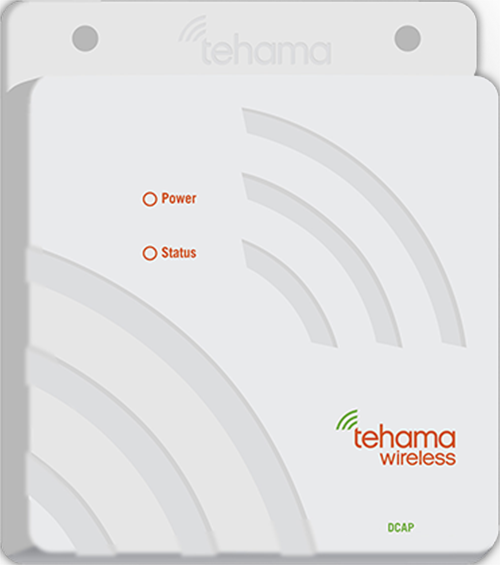
Benefits
Diversity RF Repeater provides a crucial solution for enhancing wireless communication in utility monitoring systems, ensuring consistent connectivity and improved network performance.
- Enhances signal strength and range, improving connectivity of metering devices.
- Utilizes advanced diversity technology for optimal radio frequency reception and transmission.
- Features a robust design suitable for various environments, ensuring durability and reliability.
- Allows for straightforward installation, facilitating quick integration into existing setups.
- Supports flexible deployment in diverse property layouts, accommodating various systems.
- Reduces signal obstruction issues, enabling seamless data flow in challenging areas.
Diversity RF Repeater is essential for maintaining reliable communication in utility monitoring systems, ensuring effective resource management and operational efficiency.
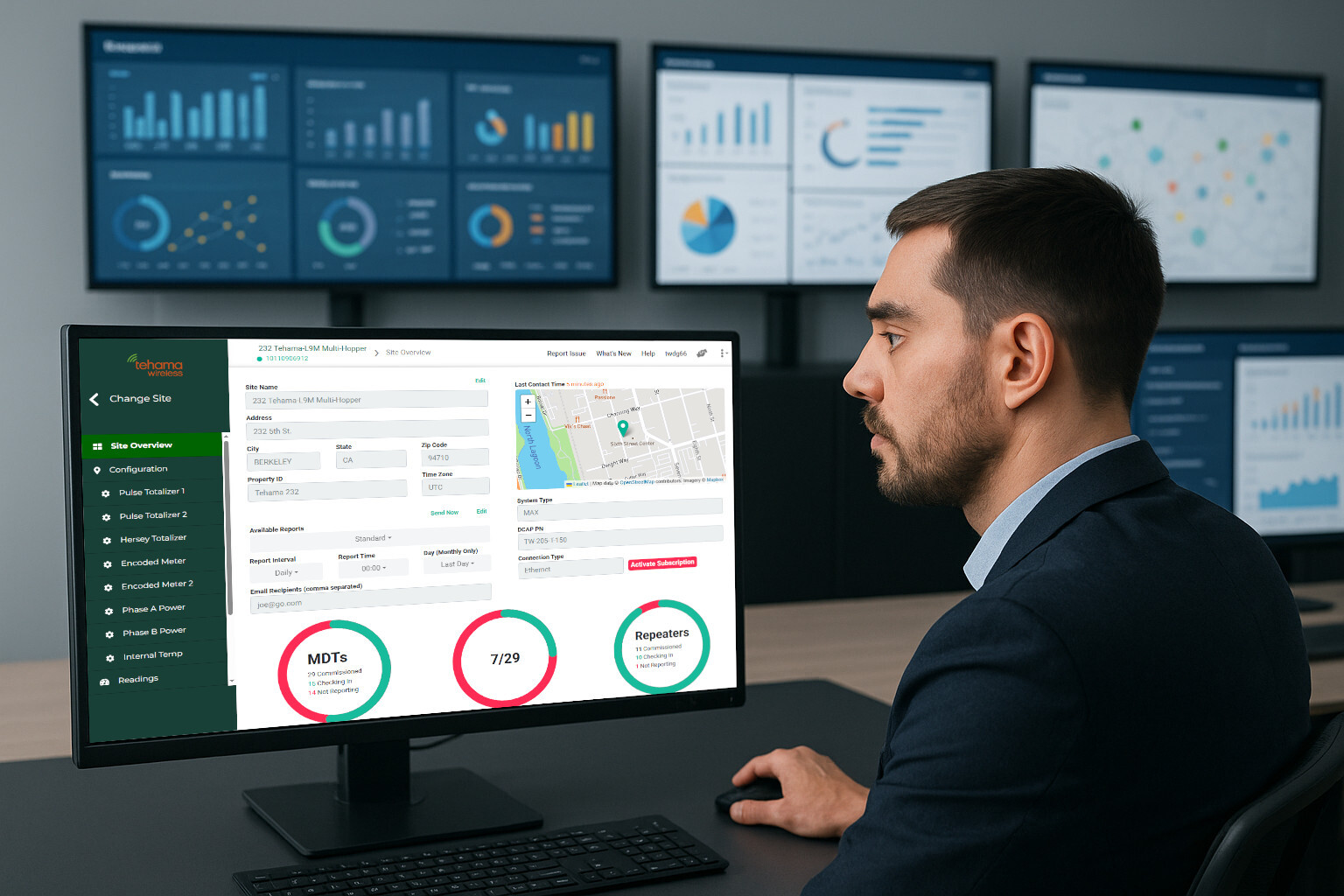
Applications
Multifamily
Housing
The Repeater extends the range of the AMR network for multifamily housing by implementing a redundant mesh network, ensuring reliable transmission of remote MDT data to the DCAP.
Commercial
Properties
In commercial properties, the Repeater allows for improved connectivity and communication between devices, helping businesses efficiently monitor and manage their utility systems.
Manufactured
Homes
For manufactured home communities, the Repeater facilitates full coverage of utility monitoring sites, making it easier to maintain connectivity across larger areas.
ESG &
Sustainability
The Repeater contributes to sustainability initiatives by enhancing data transmission reliability, allowing property owners to effectively manage resources and reduce waste.
-
 Case Study | Guardian Water & Power
Case Study | Guardian Water & PowerGuardian Water & Power encountered significant challenges in outdoor submetering due to harsh weather conditions. Frequent disruptions led to costly repairs and inconsistent data collection, adversely affecting service delivery and customer trust. Recognizing the urgent need for a reliable solution, they sought innovative technology to enhance their operations.
Challenge
- System downtime due to harsh weather
- Repairs were difficult and costly
- Cellular technology meant inconsistent data collection
-
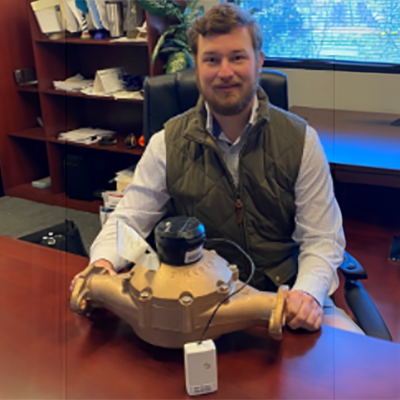 Case Study | Kimco Realty
Case Study | Kimco RealtyKimco Realty Corporation faced considerable challenges in billing their 7,000 tenants accurately for water usage across a diverse portfolio of retail properties. A lack of standardized methods for dividing costs led to disputes and frustration, resulting in millions in uncollected revenue. Recognizing this issue, Kimco sought innovative submetering technology to streamline billing processes and enhance tenant satisfaction.
Challenge
- Inconsistent tenant water billing methods
- Tenant disputes over water costs
- Millions lost in uncollected revenue
-
 Case Study | Fair Energy Submetering
Case Study | Fair Energy SubmeteringFair Energy Submetering faced challenges tracking utility usage and identifying issues such as leaks across various properties. In search of more detailed data for effective management, they turned to Tehama Wireless’ advanced submetering sensors. This innovative technology enabled swift identification of problems, allowing them to avert potential disasters.
Challenge
- Inaccurate tracking of utility usage
- Difficulty identifying leaks in properties
- Limited data hindered effective management
Documentation & Resources
| Input Type | Compatible with reed switch and piezoelectric pulse generator meters. |
| Communication Range | Up to 3500 ft (Standard), nearly 10 miles (MAX/LoRaWAN). |
| Battery Life | Operates on two field-replaceable AA lithium batteries with a typical life of 5-8 years. |
| Operating Temperature | Ranges from -20°F to 145°F. |
| Input Options | Available with single or dual pulse inputs for co-located setups. |
| Waterproof or Water-Resistant Options | Available in the Submersible model, a pulse or encoder unit, with non-field replaceable C battery, designed for use in environments where complete water exposure is expected. |
Offers advanced data capture and reporting features for utility metering systems.
Instructions for configuring and sending custom daily reports from MDTs using email or FTP delivery.
Wiring instructions for connecting the MDT to compatible meters.
Comprehensive steps for configuring and integrating MDTs with the DCAP system
Template for importing site configuration data to Tehama Wireless.
Instructions for replacing batteries in field-deployed MDT units.
Tehama Wireless provides a five-year warranty for its products.
Videos
-
Introduction to the Web App
-
DCAP Troubleshooting
-
Web App Troubleshooting
-
DCAP-TFA Installation
-
Get Started with the Web App
-
Monitoring and Maintaining a System
-
Commissioning a Meter Display Using the Mobile App
-
Requesting and Approving Grants with the Web App
-
Wiring a Water Meter to an MDT
-
The CIT in Detail
-
Commissioning a Site
-
Hardware Setup
-
System Overview
-
Getting started with the CIT
-
Connect Mobile App Overview
-
DCAP Configuration
-
Commissioning MDTs and Repeaters
-
Setup CIT Alerts and Reports
-
Monitoring Data and Network Health
-
Configuring the Display on an MDT
-
Wiring the MDT to its Associated Meter
-
Introduction to the CIT
-
How to Find the IP Address of a DCAP
-
ModBus P2P Reads in the CIT and Web App
How It Works
Gateway or DCAP captures data from connected submeters and relays it to central management systems, ensuring accurate data collection and near real-time monitoring for improved utility management.
This diagram illustrates how Tehama Wireless devices work together to optimize metering solutions
Related Products
-
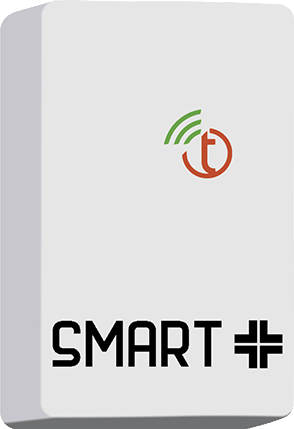 Smart+ MDTEnables near real-time data and advanced alerts with SunSonic® meters
Smart+ MDTEnables near real-time data and advanced alerts with SunSonic® meters -
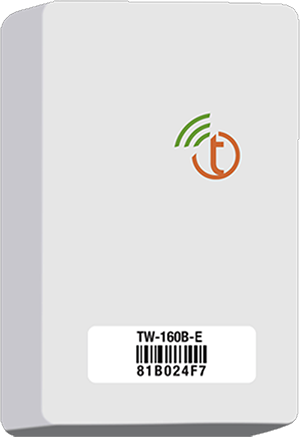 Encoder MDTTracks encoded output meter usage for accurate billing.
Encoder MDTTracks encoded output meter usage for accurate billing. -
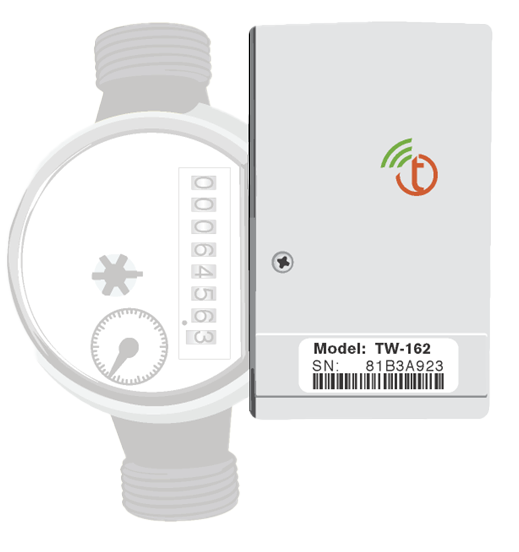 Outsider MDTDirect physical MDT connection on Norgas Versamag water meters.
Outsider MDTDirect physical MDT connection on Norgas Versamag water meters. -
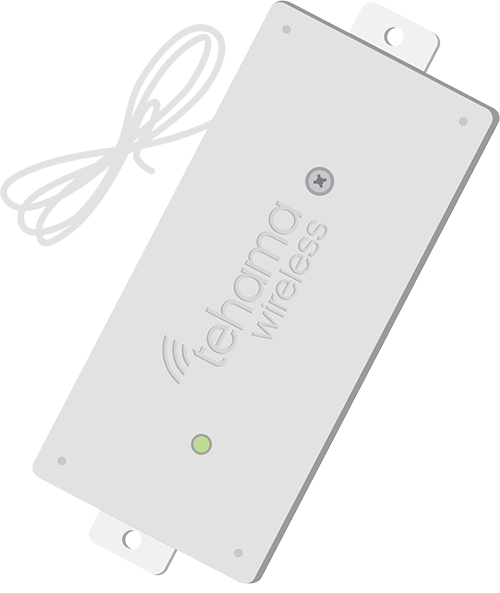 Leak Detection MDTQuickly detects leaks to minimize water events and reduce costly damage.
Leak Detection MDTQuickly detects leaks to minimize water events and reduce costly damage. -
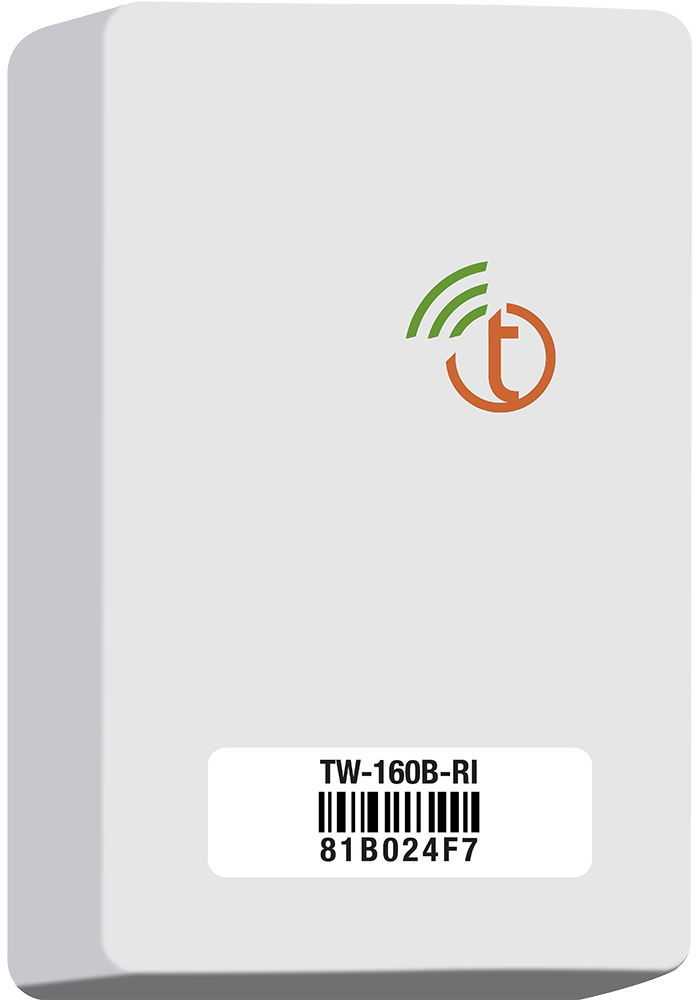 Runtime MDTTracks equipment operation time for accurate usage monitoring, maintenance planning, and performance insights.
Runtime MDTTracks equipment operation time for accurate usage monitoring, maintenance planning, and performance insights. -
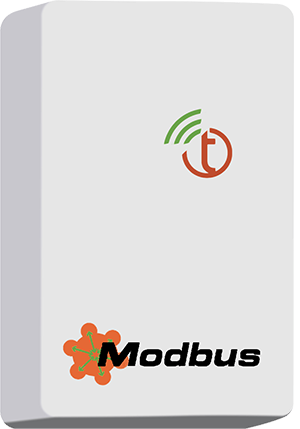 Modbus MDTIntegrates with ModBus P2P-compatible systems for enhanced data.
Modbus MDTIntegrates with ModBus P2P-compatible systems for enhanced data. -
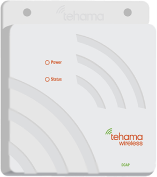 DCAPAggregates and processes submetering data for efficient reporting.
DCAPAggregates and processes submetering data for efficient reporting. -
 DCAP-TFAStandard DCAP functionality plus receives Inovonics PMT and repeater transmissions.
DCAP-TFAStandard DCAP functionality plus receives Inovonics PMT and repeater transmissions. -
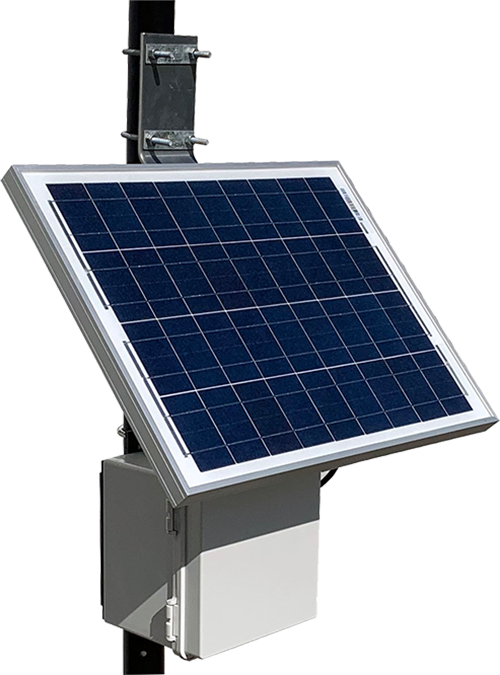 Solar DCAPProvides a complete solution for extending communication range in remote locations.
Solar DCAPProvides a complete solution for extending communication range in remote locations.
FAQs
The Repeater acts as a signal amplifier that extends the communication range of Standard or MAX Range MDTs, ensuring reliable data transmission to the DCAP for processing and analysis.
The Repeater amplifies the signal from individual MDTs, allowing them to transmit data over longer distances to the DCAP. This capability is crucial for maintaining consistent and reliable connectivity, especially in larger properties or those with obstacles that could hinder direct communication.
The Repeater typically supports an open field communication range of 1 mile up to 10 miles, depending on configuration (Standard or MAX range models) and environmental conditions. However, multiple Repeaters can be deployed strategically throughout the property to further extend this range.
Tehama Wireless offers solar-powered Repeater options that include a solar panel and battery system, allowing the Repeater to function effectively in remote locations where electric power is not available.
The Repeater can benefit a variety of properties, including multifamily communities, commercial buildings, retail spaces, and industrial sites, by providing improved data connectivity across large areas.
Yes, multiple Repeaters can be strategically placed around a property to create a robust network that ensures comprehensive coverage for all MDTs.
By ensuring reliable transmission of data from all MDTs to the DCAP, the Repeater helps property managers maintain compliance with energy efficiency and utility reporting regulations.
Tehama Wireless offers ongoing technical support and troubleshooting assistance for Repeater systems, ensuring they function effectively within submetering applications.
Challenges may include determining optimal placement for coverage and ensuring that the Repeaters are correctly configured to establish a robust communication network.
By enhancing connectivity and coverage, the Repeater enables property managers to receive timely and accurate utility usage data from the DCAP, resulting in better resource management and informed decision-making.
The Repeater employs encryption and security protocols to protect data during transmission, ensuring that sensitive information regarding utility usage remains secure and confidential.
Related Blogs
Tehama MAX Range for Simplified Long-Distance Submetering
As property managers and business owners strive for enhanced efficiency in utility management, the…
Tehama Standard Range for Affordable Extended-Range Submetering
As property managers and business owners strive for cost-effective utility management, the choice…
Get on the Bus: Modbus and Its Expanding Role in Energy Management
Effective energy management is vital for maximizing operational efficiency and reducing costs. As…